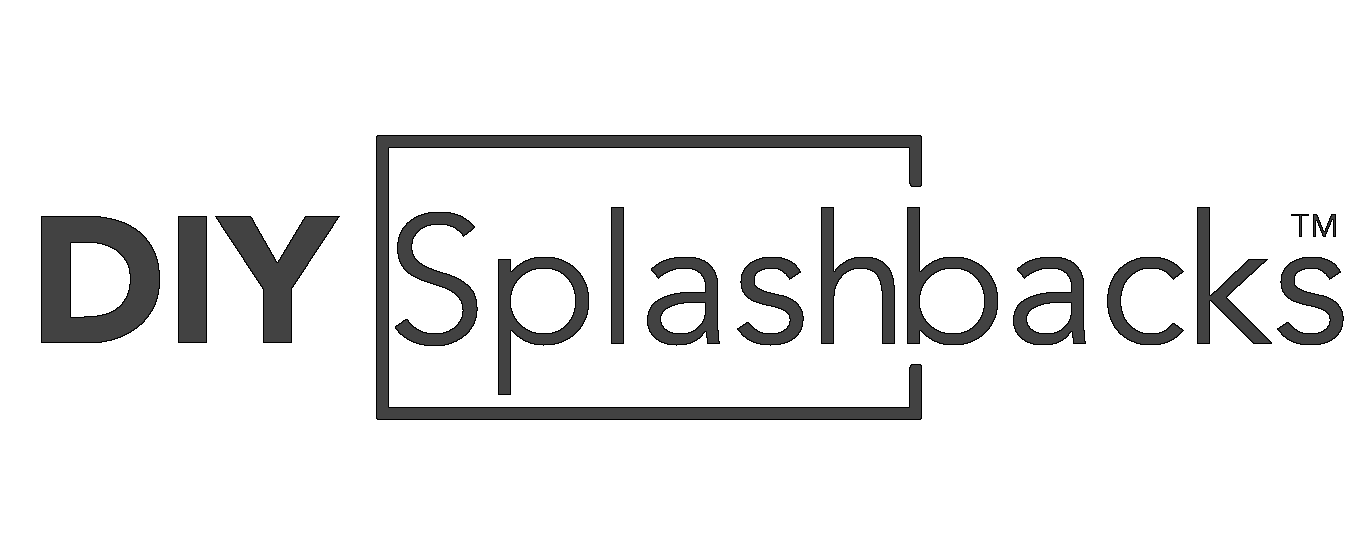Reflections of Innovation: Why Glass Remains the Modern Designer’s Favorite Material
_1000.png)
In an era defined by precision, clarity, and forward-thinking aesthetics, glass has solidified its role as a core material in modern interior design. It’s not just a surface—it’s a strategic design asset. Glass reflects innovation, elevates space, and supports the contemporary demand for environments that feel open, intentional, and intelligently built.
Designers continue to champion glass not because it’s trendy, but because it delivers consistent value—visually, functionally, and structurally.
1. Clarity as a Design Strategy
Glass has an unmatched ability to expand space. Its reflective qualities amplify natural light, open up layouts, and reduce visual weight.
Where traditional materials can feel heavy, glass communicates lightness and precision.
Whether used as a wall panel, a splashback, or a feature surface, it brings a sense of modern clarity that aligns perfectly with today’s demand for clean, adaptable interiors.
This is why DIY Splashbacks remains a key player in the market—offering made-to-measure glass solutions that enhance both residential and commercial environments with ease.
2. Future-Focused Functionality
Beyond aesthetics, glass delivers performance.
It’s resistant, hygienic, easy to maintain, and built to endure. In high-traffic spaces or work-intensive environments, this combination of durability and elegance is the definition of practical innovation.
Glass splashbacks in particular bridge the gap between beauty and utility—creating surfaces that perform under pressure while elevating the space visually.
3. Versatility That Outperforms Trends
Glass adapts.
It complements minimalist interiors, industrial spaces, luxury environments, and modern family homes. Its flexibility makes it a long-term design investment rather than a passing trend.
Designers appreciate glass for its ability to pair seamlessly with wood, metal, stone, or vibrant color schemes—bringing cohesion to any concept without overpowering the design language.
With customizable finishes, printed graphics, and rich color options, companies like DIY Splashbacks empower homeowners and designers to execute highly personalized visions.
4. Sustainability Driving Selection
As demand for responsible design grows, glass stands out as a sustainable choice.
It’s recyclable, long-lasting, and often sourced with minimal environmental impact—making it a smart material for future-ready spaces.
Choosing glass reflects more than style—it signals a commitment to conscious design.
5. Innovation Meets Identity
In modern design, materials must do more than fill space; they must communicate identity.
Glass sends a message of sophistication, confidence, and forward-thinking performance. It’s a material that aligns with both corporate spaces seeking presence and homeowners wanting a fresh, premium feel.
A single glass splashback or panel can redefine a room—quietly, but powerfully.
Final Remarks
Glass continues to lead the modern design narrative because it delivers what today’s environments demand: clarity, resilience, sustainability, and distinction.
With refined, customizable solutions from DIY Splashbacks, design professionals and homeowners can bring this future-forward material into their spaces with precision and ease.
Glass isn’t just a material—it’s a reflection of innovation, and it’s here to stay.
